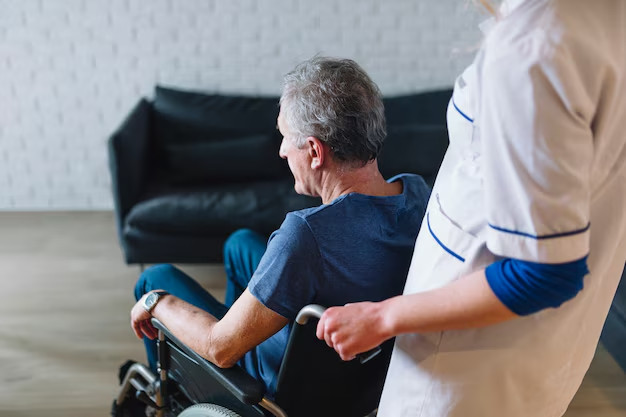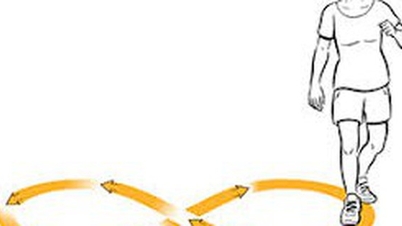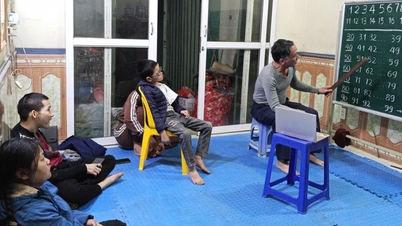Accordingly, light activities such as gardening or walking the dog can also help reduce the risk of stroke by nearly 30%, according to health website Healthline.
And the message is: A little activity is better than no activity at all!

Being a little active in your spare time can reduce your risk of stroke by 18% compared with being inactive.
To reduce your risk of stroke, the US Centers for Disease Control and Prevention (CDC) recommends 150 minutes of moderate activity or 75 minutes of vigorous activity each week, or a combination of both.
However, now new research finds that any level of physical activity, including "leisure-time activity," can reduce the risk of stroke.
The authors analyzed 15 studies on the topic, including 752,050 participants, followed for an average of 10.5 years, to assess the impact of different levels of leisure-time physical activity on stroke risk.
These activities include gardening, walking, hiking, cycling, and weightlifting.
The results found that compared with people who were inactive in their free time, those who were even a little active had a reduced risk of stroke, according to Healthline.
Specifically, being a little active in leisure time can reduce the risk of stroke by 18% compared with being inactive.
And being active for more than 20 minutes a day can reduce your risk of stroke by 27 to 29 percent.
What was consistent across all the studies was this: Even a little activity reduced the risk of stroke compared with doing nothing.
The most important result is that even small amounts of physical activity can reduce the risk of stroke, said study author Dr. Raffaele Ornello, a neurologist and researcher at the University of L'Aquila (Italy).
How to exercise to reap the benefits?

Gardening, housework, mopping, vacuuming, or walking the dog all work.
If you don't have time, you can divide the exercise into shorter, easier-to-do sessions.
Gardening, housework, mopping, vacuuming, or walking the dog all work.
And of course, if possible, jogging, lifting weights or playing sports is great.
If walking or jogging is not an option, then swim, ride an exercise bike or lift weights, do whatever is within your capabilities.
Dr. Cheng-Han Chen, medical director of the Structural Heart Program at MemorialCare Heart Institute, Saddleback Medical Center (USA), shares these simple tips:
To get 20 minutes of activity each day, just walk 10 minutes in the morning and 10 minutes in the afternoon, according to Medical News Today.
By leaving the house, walking for 5 minutes and then returning home for another 5 minutes, twice a day. Or going up and down the stairs for 5 minutes at a time, several times a day.
Source link




![[Photo] Worshiping the Tuyet Son statue - a nearly 400-year-old treasure at Keo Pagoda](/_next/image?url=https%3A%2F%2Fvphoto.vietnam.vn%2Fthumb%2F1200x675%2Fvietnam%2Fresource%2FIMAGE%2F2025%2F12%2F02%2F1764679323086_ndo_br_tempimageomw0hi-4884-jpg.webp&w=3840&q=75)
![[Photo] Parade to celebrate the 50th anniversary of Laos' National Day](/_next/image?url=https%3A%2F%2Fvphoto.vietnam.vn%2Fthumb%2F1200x675%2Fvietnam%2Fresource%2FIMAGE%2F2025%2F12%2F02%2F1764691918289_ndo_br_0-jpg.webp&w=3840&q=75)







































































































Comment (0)